Market Trends
Key Emerging Trends in the Antihelminthics Market
Heminths, which are parasitic worms, infect a lot of people around the world, especially in warm and subtropical areas. This increases the need for effective medicines that kill helminths. Pharmaceutical research is making fast progress, which is affecting market trends. New chemical entities, better formulas, and combination therapies are some of the innovations in antihelminthic drugs that have led to better effectiveness, fewer side effects, and more treatment choices.
Markets are incorporating mass drug administration (MDA) plans more and more. As part of MDA programs, antihelminthic drugs are given to big groups of people who are at risk. This helps control and get rid of helminthic diseases in places where they are common.
Working on drug resistance studies and finding new treatment targets speeds up the development of antihelminthic drugs. Antihelminthic drugs continue to work even though parasites change because scientists are studying how resistance works and looking for new ways to target them.
There is a big focus on making antihelminthic drugs that are safe for kids. Customizing formulations to meet the unique needs of children, such as using amounts that are right for their age and making formulations that are tasty, helps treatment work and makes solutions more child-friendly.
Antihelminthics is a market that is using One Health methods. Because of the link between human, animal, and environmental health, actions that take into account the bigger ecosystem and the ability of helminthic diseases to spread from animals to humans help create more complete control plans.
Combination treatments are becoming more popular as a way to treat helminths. The goal of combining drugs that target different stages or kinds of helminths is to improve treatment effectiveness, lower the risk of resistance, and deal with the problems that come up with illnesses caused by more than one parasite.
The market is growing entry programs in places with few resources. Antihelminthic medicines are easier to get in places with few resources because of work to improve transportation networks, lower the cost of medications, and train healthcare workers.
One important trend is the creation of broad-spectrum antihelminthic drugs. Medications that work against more than one type of helminths make treatment plans easier to follow, making it easier to give out large amounts of drugs and making control programs simpler.
New diagnostic tools help antihelminthic methods work better. More accurate identification of helminth species is possible with new testing methods. This allows for more targeted treatments and better use of antihelminthic drugs.
In the antihelminthics business, getting to rural and conflict-torn places is still a worry. Helminth control requires getting past practical problems, fixing security issues, and adapting intervention strategies to meet the specific needs of each area.

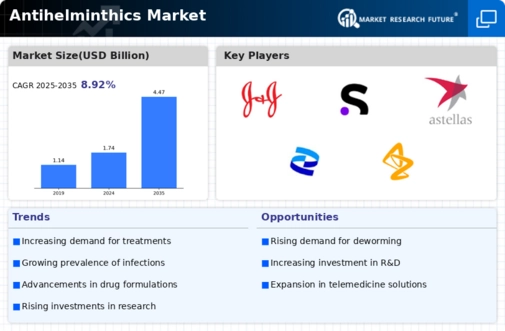
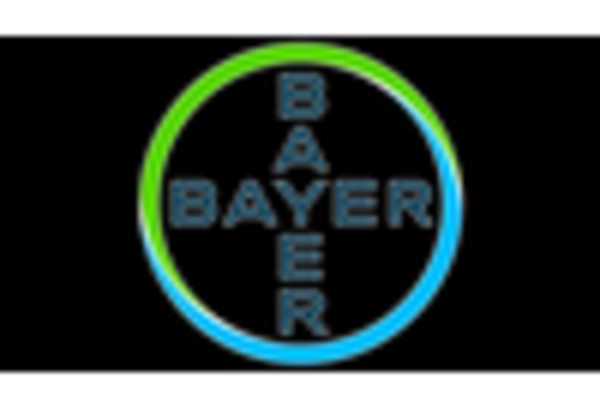
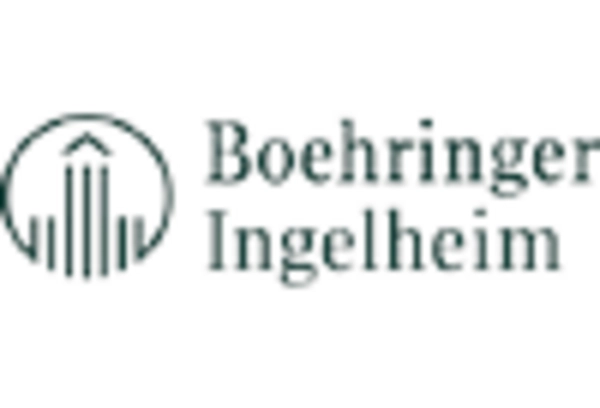
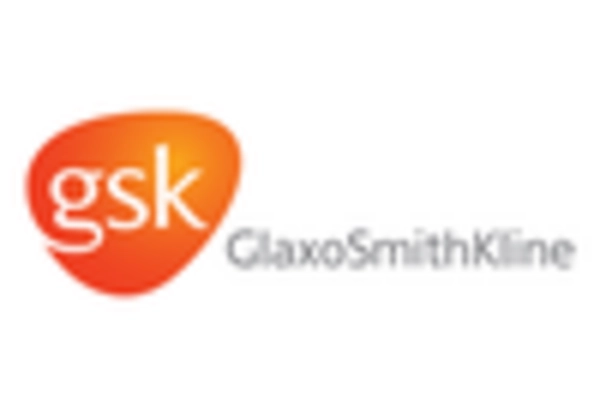

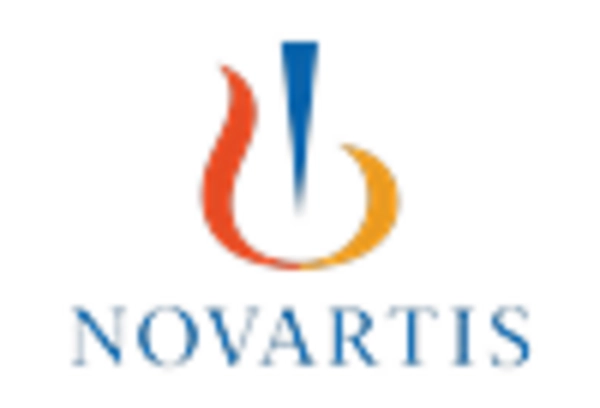










Leave a Comment